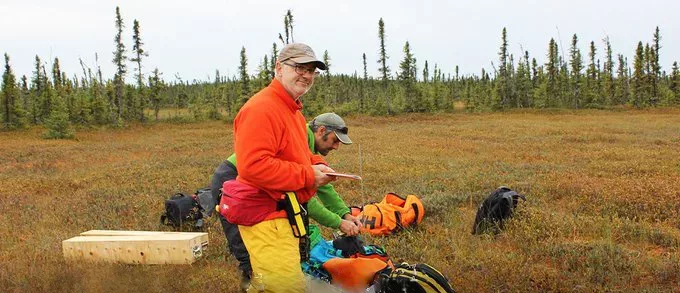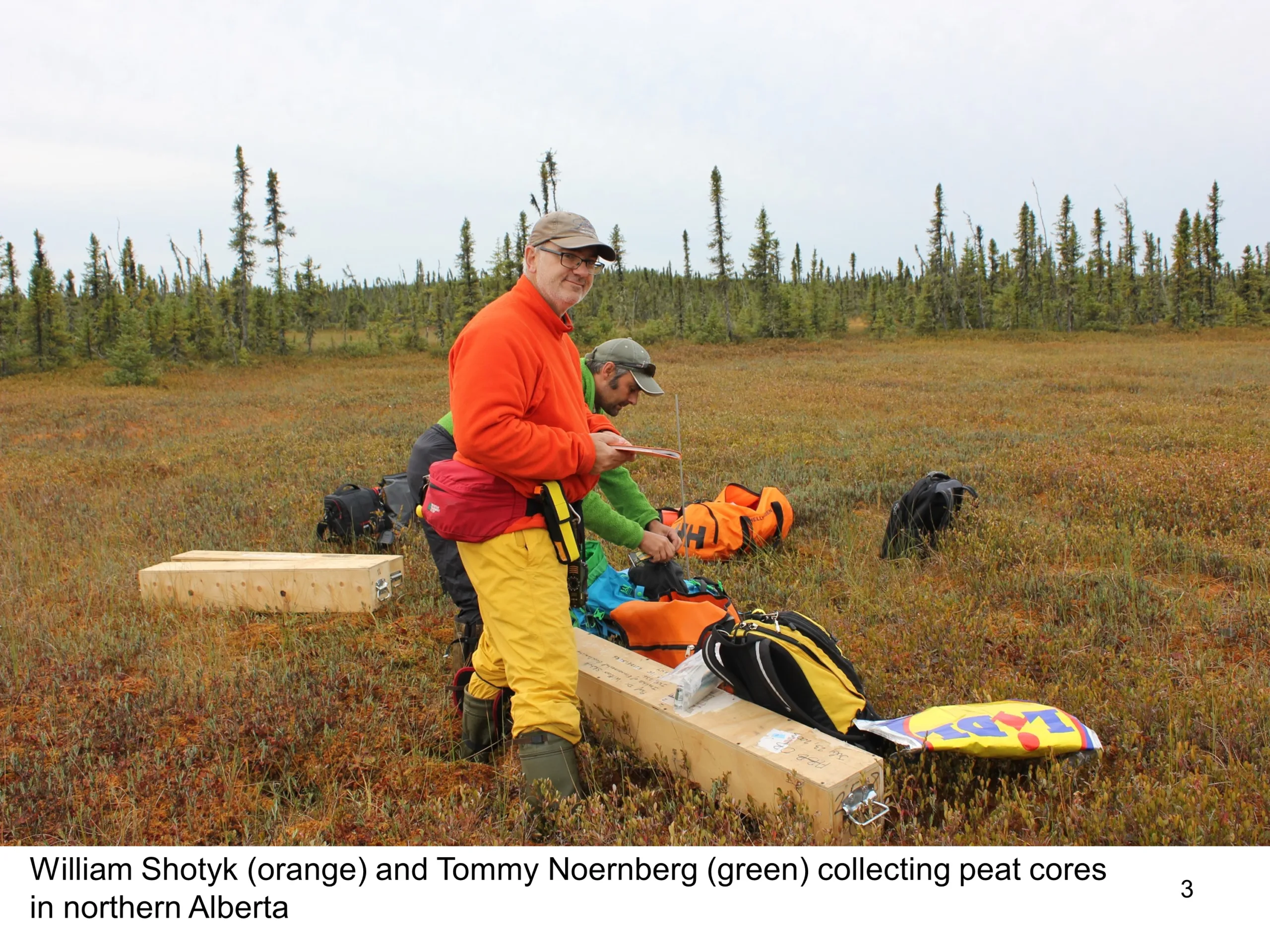Investigating what’s natural and what’s not

Efforts by Canada’s oil sands industry to lessen its environmental footprint have resulted in globally significant work to reduce impacts to air, water and land and support biodiversity in Alberta’s boreal forest.
The industry aspires to be a world leader in environmental management.
Here’s one example of the work underway by Pathways Alliance companies: Monitoring the environment.
Investigating what’s natural and what’s not
When assessing the risk of environmental contaminants from resource development, William Shotyk says it’s important to understand the science behind the data. A geochemist, Shotyk has spent 30 years examining chemical changes at the surface of the Earth, specifically those related to trace elements – a group of naturally occurring elements found in minute quantities everywhere on the planet.
These elements, which include lead, arsenic and mercury, occur naturally in rocks, soils, lakes, rivers and groundwater. They also show up in plants, animals and humans, with some, for example copper and zinc, being nutritionally essential for life. “They’re called trace elements because they exist in such small amounts. They don’t become a problem for living organisms until something causes them to greatly exceed the levels occurring in nature,” Shotyk explains.
Accurately measuring amounts of trace elements – in parts per billion or even parts per trillion – calls for a very specialized laboratory facility. That’s where the University of Alberta’s SWAMP laboratory comes in. Shotyk is the Bocock Chair for Agriculture and the Environment at the university, and he created the lab and leads its research team. Inside the ultra-clean facility they can study the sources, behaviour and fate of trace metals in soils, water, air and plants in minute detail, with the goal of better understanding how to sustainably manage natural resources, maintain productive ecosystems and foster human health.
Industrial effects measured
For the past seven years, the SWAMP team have been lending their expertise to a series of water projects through COSIA, Pathways Alliance’s innovation arm, in the lower Athabasca River watershed. Their goal is to discover whether oil sands development, especially bitumen mining and upgrading, is resulting in potentially harmful forms and quantities of trace elements in the area river network. Shotyk says his research focuses on how much of the trace elements are found there because of natural inputs and how much is due to industry.
“The question we ask about each trace element is: What is the natural amount and how variable is it? That helps us to identify whether the levels found today go beyond that baseline to estimate the extent that they may pose a risk to human or environmental health.”
The research team has collected samples of snow, river water, fish, moss and berries upstream and downstream of oil sands development. Peat samples offer up an archival timeline of changes in air quality over decades and centuries. “The bottom line is that, when we look at all of this data, we find no significant contamination of the environment by these potentially harmful trace elements,” Shotyk says.
“The levels are so low that they are difficult to distinguish from what occurs naturally.”
Myth debunked
What Shotyk does observe is that snow and plant samples collected from sites near industry are dustier and that, he says, is generating considerable misunderstanding. Open pit mining produces plenty of dust,” he explains, “But that dust should not be confused with contamination by trace elements. Dust from the mines is essentially beach sand, it’s mainly made up of quartz, feldspar and other minerals that don’t dissolve in water.”
Shotyk says the team’s research debunks the premise that mining is contaminating the Athabasca River with trace elements. “That idea is simply not backed up by the science,” he says. “This is an environmental good news story based on data that’s now been published in more than 40 peer-reviewed journals over the past seven years. We welcome scrutiny of our findings by the international scientific community.”
Learn more about the efforts of Pathways Alliance members to advance responsible development of the oil sands industry.


